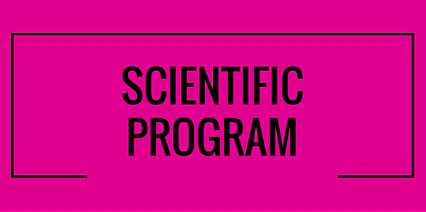
Leili Chamani-Tabriz
Iranian Hospital, UAE
Title: Updates on challenging art of syphilis diagnosis and management
Biography
Biography: Leili Chamani-Tabriz
Abstract
Syphilis is a sexually transmitted disease caused by the spirochete Treponema pallidum. Every year many patients are diagnosed and treated for this infection. Patients may be totally asymptomatic discovered during routine screening tests or present with various types of manifestations mimicking a lot of other disorders based on the stage of infection including primary, secondary or tertiary infection. Serologic tests provide a presumptive diagnosis of syphilis. There are two types of serologic tests for syphilis: non-Treponemal tests and Treponemal-specific tests. The most challenging steps are coming afterwards for the interpretation of serologic testing and treatment selection. A lot of factors including history of drug reaction, pregnancy, HIV status, and history of previous treatment, a possibility of CNS involvement and stage of the infection would be effective on the decision about treatment and follow up. There are different guidelines on treatment which should be used promptly, also follow up would be challenging as a lot of patients are considered non-responders and receive multiple cycles of treatment while there may be another explanation for their serologic status. The course and route of treatment are so different based on the stage of diseases and patients manifestations so there is no one prescription suitable for all patients. Penicillin has been the best choice for all stages of syphilis management. But the dose and route of administration would be different for early syphilis the standard treatment would be Penicillin G benzathine 2.4 million units IM once, in late syphilis Penicillin G benzathine 2.4 million units IM once weekly for three weeks is proposed and for neurosyphilis treatment aqueous penicillin G 3 to 4 million units IV every four hours for 10 to 14 days is advised. In this session, we are going to have a look at the practical approach to a patient with syphilis to provide the best diagnosis and most effective treatment.

